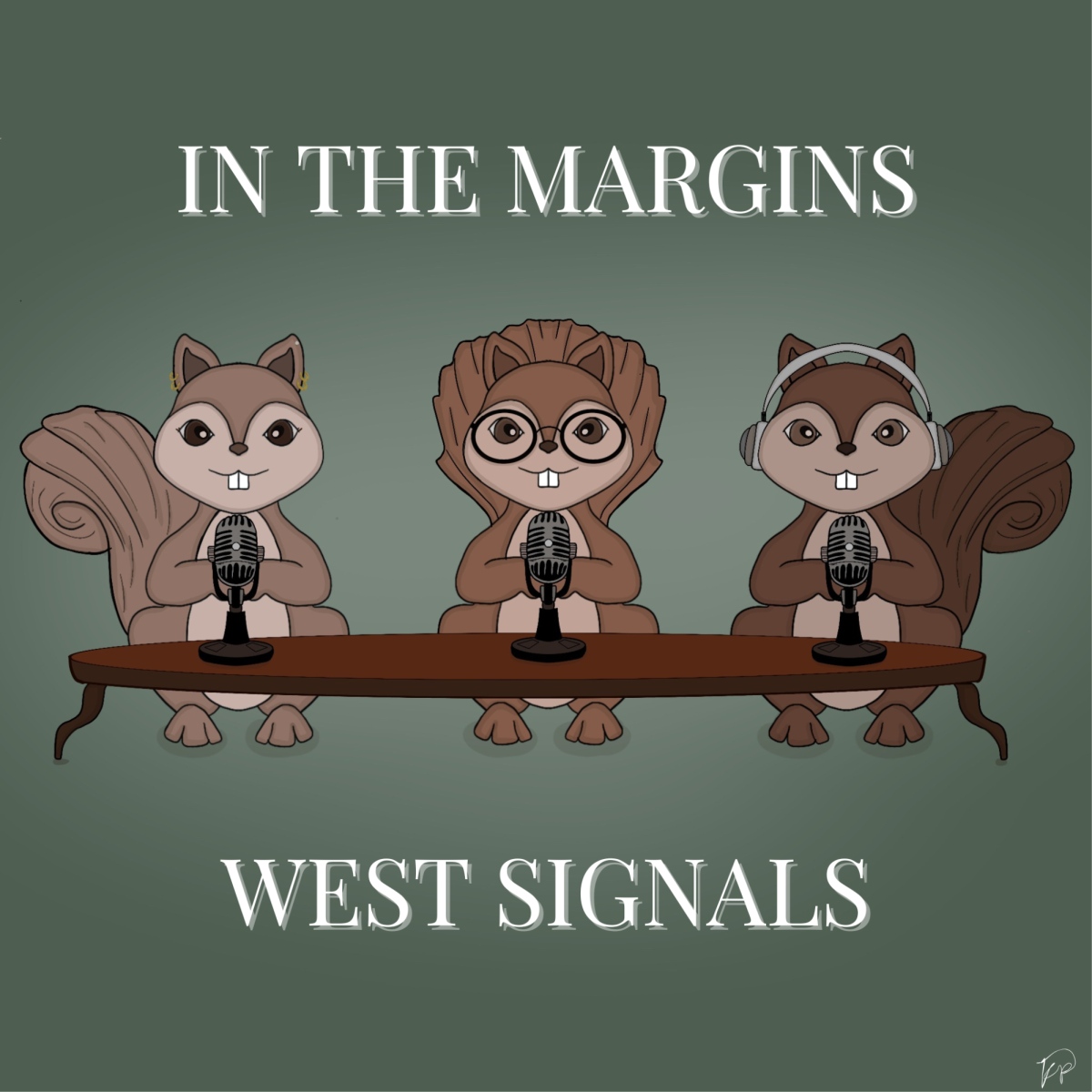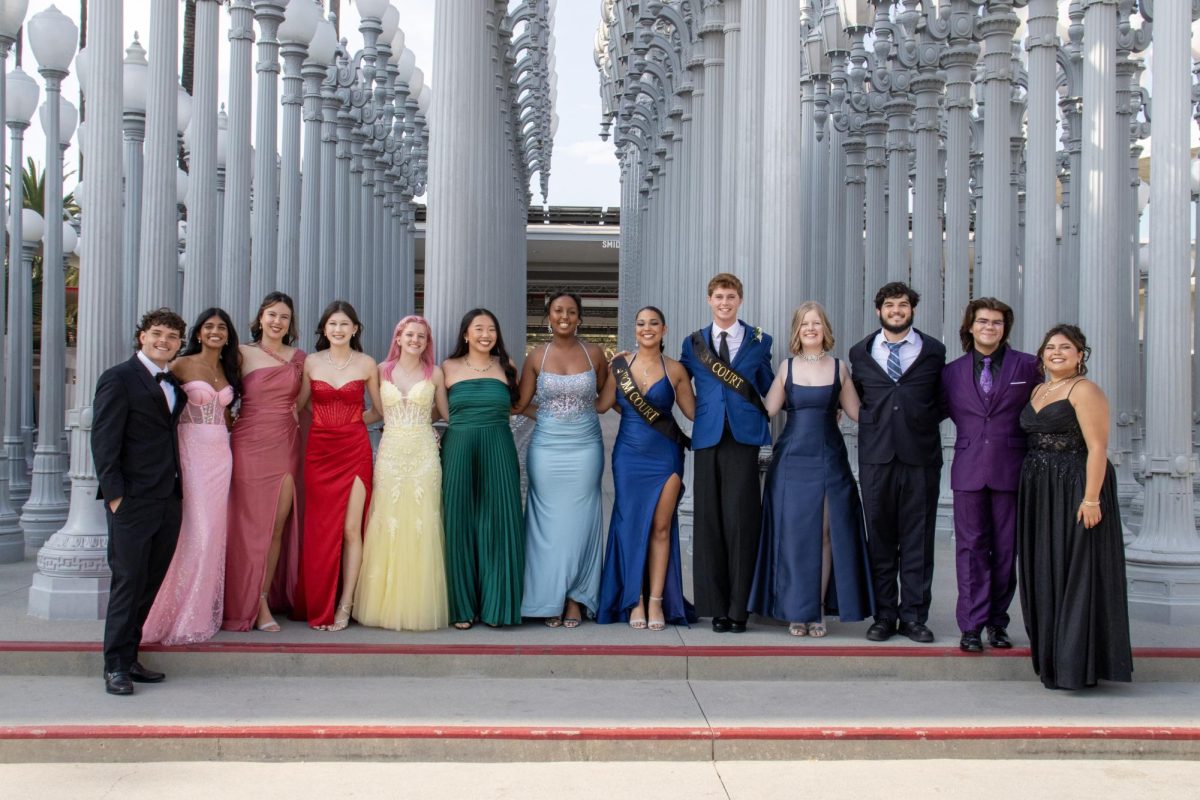Embracing Asian Representation: Turning Red
April 24, 2022
Set in Toronto, Canada in 2002, Disney/Pixar’s Turning Red follows Chinese-Canadian 13 year old protagonist Meilin “Mei” Lee through the chaos of balancing a life honoring her traditional mother and experiencing the joys of youth. A hilarious animated film full of delicious Chinese foods and details of Asian culture, Turning Red received praise not only for its entertainment, but the movie’s excellent Asian representation. (This article contains Turning Red movie spoilers)
Mei’s life is just like any other pre-teen in the early 2000’s: boy bands, crushes, and fun times with your best friends. But unlike her peers, everyday Mei comes home to a house within cultural shrine gates of traditional Chinese architecture, where she resides with her father and an awfully conservative mother.
Mei’s mother sets high expectations for her daughter, and Mei is more than happy to try to achieve them. To her own reflection, Mei scolds, “You are her pride and joy, so act like it!” Still, with a loving friend group and a straight-A student/obedient daughter status, Mei is content with her life.
Little does Mei know, awaiting her is her “red panda”: a generational inner beast revealing itself as a result of Mei’s strong emotions. Though initially facing feelings of indifference towards her red panda form, Mei’s mother assures her that on the day of the next red moon, a ritual can be performed to conceal the spirit of her red panda for good– as long as she keeps the red panda from showing itself as much as she can. However, just around the corner is what Mei believes will be the most important night of her life: the concert of Mei and her friends’ favorite band, 4town. Thus begins the most rebellious chapter of Mei’s life yet as she and her friends design a plan to make money using Mei’s panda form to collect funds for the concert tickets.
Turning Red followed Mei’s adventure phenomenally. With hilarious jokes, an adorable cast, and a catchy soundtrack, the animated film excels in keeping audiences attached and rooting for Mei and her friends. But Turning Red’s amazing quality and well-developed story aren’t the only reasons the movie has gathered so many fans; In addition, the movie proved itself to be a great example of Asian representation.
Jasmin Cuaresma (11) recently watched Turning Red and commented, “I wish I had this movie when I was younger… I wasn’t provided with any [Asian] representation which led to me setting unrealistic views of beauty standards for girls.” For children, representation is especially important. “Kids should be able to see their own cultures on screen in order for them to feel seen,” Cuaresma added.
Turning Red in particular effectively shed light on the common struggles of kids growing up in Asian households in Western countries. “I really felt represented when Mei was described as the ‘obedient daughter’ who wants to make her parents proud,” Cuaresma expressed. “Since my parents are from the Philippines and moved here for their kids, I feel like I owe it to them to do my best in school and stay out of trouble… It’s the main reason I relate so much to Mei.”
Even for non-Asian audiences, Asian representation in media is equally as important. “The exposure of different cultures can allow people to learn how unique other cultures are… It allows society to be more open and careful with what we say towards other people’s cultures,” Cuaresma explained. Turning Red not only offers a realistic look into Asian cultures, but also tugs at audiences’ heartstrings with unforgettable characters and an amusing storyline. If you haven’t already, you can watch Turning Red on Disney+ with a subscription.




